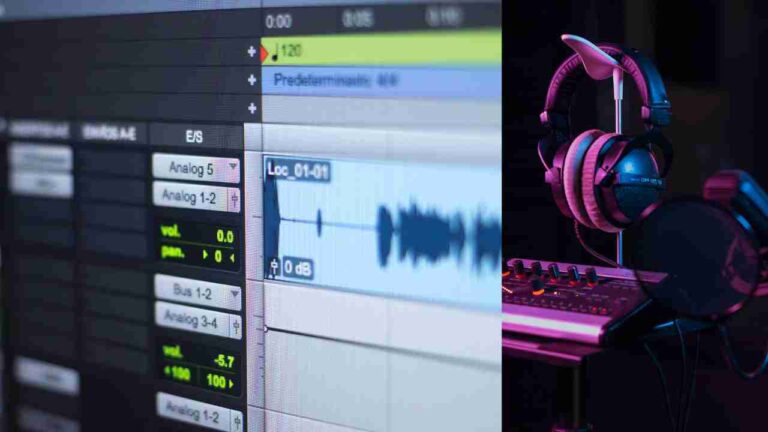In an era dominated by digital streams and playlists, the humble radio waves seem like relics of a bygone age to many. Yet, far from being eclipsed by the shiny allure of on-demand music and podcasts, radio continues to thrive, pulsing with life and proving itself to be an indomitable force in the media landscape. This article explores the resilience and evolution of radio broadcasting, demonstrating why, even in 2024, radio remains not just relevant, but vitally important.
Streaming Can’t Kill Radio
The rise of streaming services was once heralded as the death knell for traditional radio. However, rather than succumbing to the pressures of digital transformation, radio has adeptly woven itself into the fabric of new media realities. Unlike streaming platforms, which cater to individual tastes in isolated bubbles, radio offers a shared experience, a sense of community that streaming services struggle to replicate. Moreover, the simplicity of tuning into a radio station, with no need for an internet connection or subscription, underscores its accessibility and enduring appeal.
Radio: A Towering Presence in 2024
Radio’s reach and impact in the United States paint a picture of a medium that is anything but fading. With a weekly reach of approximately 82 percent among adults and over 15,445 stations vying for attention, radio’s vibrancy is unmistakable. The digital age has also seen the rise of online radio, with listeners dedicating an estimated 974 minutes per month to online streams in 2021. The financial health of the industry further attests to its vitality. Following a brief dip in 2020, U.S. radio broadcasters have seen their revenue climb, hitting an estimated 21.9 billion U.S. dollars in 2021, signaling a robust and growing market.
Titans of the Airwaves
iHeartMedia: The Beating Heart of Radio
iHeartMedia stands tall with a portfolio of 868 stations, boasting a rich mix of AM and FM broadcasts. Beyond traditional airwaves, iHeartRadio has captivated over 150 million registered users with its digital platform, testament to its innovative edge. Despite a revenue dip in 2020, the company bounced back, with earnings reaching 3.75 billion U.S. dollars in 2023, underscoring a resilient and expanding business model.
National Public Radio (NPR): A Pillar of Public Broadcasting
NPR represents a unique blend of private and public investment, serving as a beacon for quality journalism and storytelling. With iconic programs like Morning Edition and All Things Considered, NPR has cultivated a loyal following. In 2023, its operating revenues touched 318.68 million U.S. dollars, a testament to its enduring appeal and leadership in the podcasting domain, where it competes neck and neck with iHeartRadio for audience engagement.
Sirius XM Holding: Innovating Beyond the Airwaves
Sirius XM, a pioneer in satellite radio, continues to redefine the listening experience with a subscriber base of 33.88 million in 2023. Despite a slight dip from its peak, the acquisition of Pandora Radio has bolstered its position, with Pandora’s ad revenue hitting record highs. Sirius XM’s 6.8 billion U.S. dollar revenue in 2023, though a slight decrease, underscores its significant impact and innovative approach to radio. You can tune into a free SiriuXM stream on Netplayer.
Why People Still Listen to Radio
Radio’s staying power is rooted in its unique blend of immediacy, community, and simplicity. Listeners turn to radio for the latest news, emergency broadcasts, and to feel connected to their local community through live DJs and programs that streaming services cannot offer. Below is an in-depth table illustrating the key reasons people continue to tune in:
| Reason | Description | Impact |
| Local Connection | Radio stations provide local news, weather, and community events, fostering a sense of belonging. | Strengthens community ties. |
| Ease of Use | Turning on a radio is simpler than navigating online streaming platforms, making it accessible to all age groups. | Ensures broad accessibility. |
| Discovery | Listeners enjoy the serendipity of discovering new music and content, curated by real people. | Enriches the listening experience. |
Can’t Touch This
In conclusion, radio in 2024 is not just surviving; it’s thriving. Its adaptability, community focus, and simplicity of use have ensured its place in the hearts and homes of millions. As digital platforms evolve, radio continues to harness new technologies to expand its reach and influence, proving that this age-old medium is indeed alive and kicking. The enduring appeal of radio, with its unique blend of local relevance, community connection, and effortless accessibility, ensures that it remains an essential part of our daily lives. Far from being overshadowed by streaming services, radio stands tall, a testament to the power of broadcasting in bringing people together.
Author Bio:
Jordan Smith is a seasoned media analyst with over a decade of experience in the broadcasting industry. Holding a degree in Communications from the University of Texas, Jordan has dedicated their career to exploring the intersections of technology, media, and culture. With a particular passion for radio broadcasting, Jordan has written extensively on the evolution of traditional media in the digital age, highlighting the resilience and adaptability of radio.







